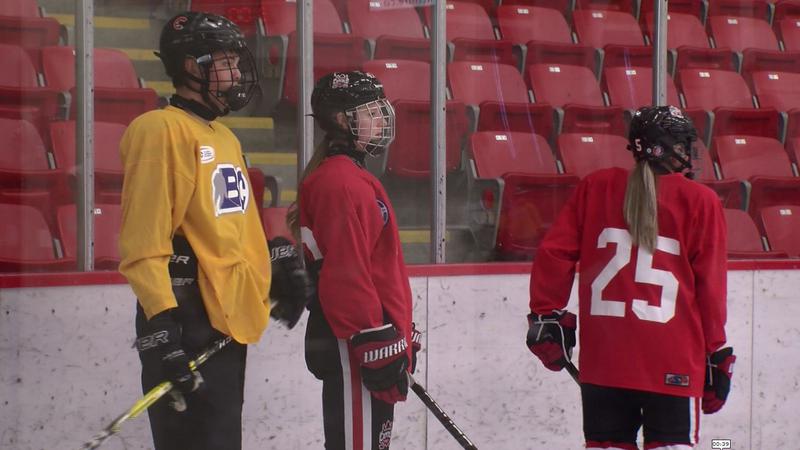
SD 57 taking next step in concussion awareness for student athletes
As technology has developed over the years, so has the recognition and information surrounding concussions and they are more common than you think.
For School District 57, for more than a year they have been working on implementing a concussion education program for coaches and students in their district to help best protect young minds.
